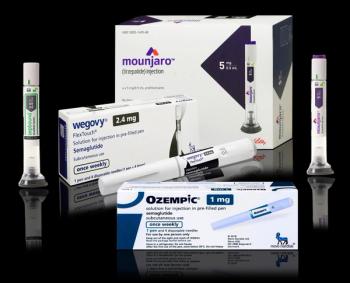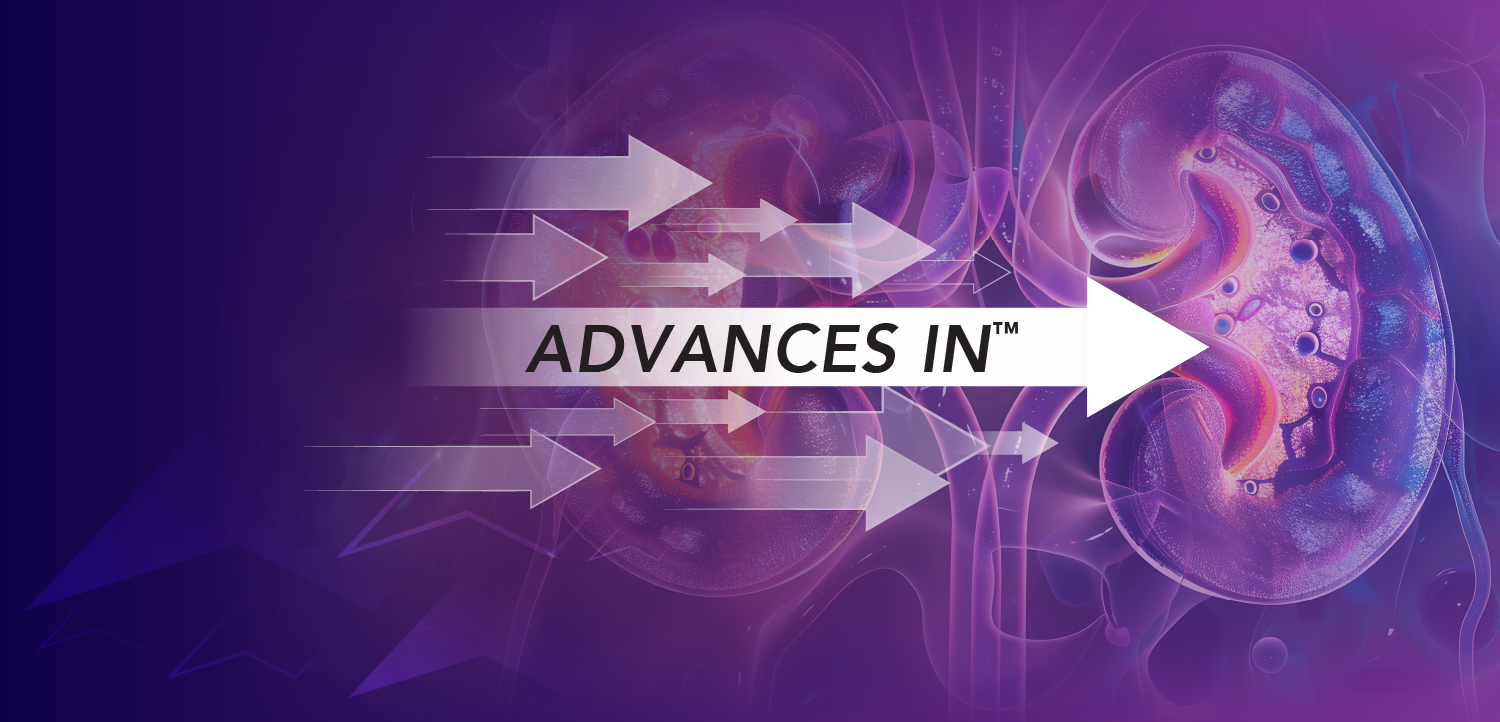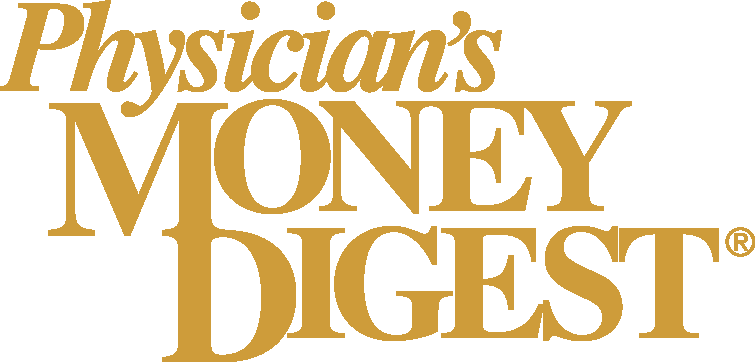
Gait: The sixth vital sign that should be a routine part of primary care
Want some quick indicators about patient health? Watch how they walk. Here’s what primary care physicians need to know.
In primary care, vital signs are a window into a patient’s
Gait — how a person walks — is that signal. It reflects the integrated function of the brain, muscles, bones, nerves and cardiovascular system. Subtle changes in gait can be early signs of neurodegenerative disease, balance impairment or elevated fall risk. And yet, gait is still not
It’s time to recognize gait as the sixth vital sign — and to integrate it into the way we practice preventive care. That includes more intentionally leveraging physical therapists (PTs) in primary care settings. As movement experts, PTs are trained to identify and treat movement impairments long before they lead to serious clinical events.
Gait as a predictor of health outcomes
Gait is emerging as one of the most sensitive and predictive indicators of overall health, especially in older adults. Slower gait speed, shorter stride length and greater variability are now understood not as symptoms of aging but as early signs of disease.
A 2021 systematic review published in the
Gait is also tightly linked to broader health outcomes.
These subtle gait changes offer clinicians a noninvasive window into cardiovascular risk before symptoms become apparent.
From a clinical perspective, these findings reposition gait from a secondary observation to a frontline screening tool. Recognizing and tracking gait abnormalities allows primary care teams to detect disease earlier and intervene sooner. Preventive steps — such as fall prevention programs, physical therapy and medication reviews — can be initiated before a patient experiences a serious event.
Evaluating gait pays off (literally)
Incorporating gait into routine visits isn’t just good medicine, it’s reimbursable. Several Medicare billing pathways already support this:
- Annual wellness visits (AWVs): Fall risk screening is a required component; the TUG (Timed Up and Go) test qualifies as a gait assessment.
- Chronic care management (CCM): Gait data can inform care plans for high-risk, multicondition patients.
- Remote therapeutic monitoring (RTM): These codes allow providers, including physicians and advanced practitioners, to bill for remote gait/mobility data to support ongoing care.
- Preventive services: When used proactively in older adults, gait screening may support billing under fall risk or functional decline prevention efforts.
These mechanisms open the door for tighter collaboration between physicians and physical therapists — and for integrating gait into value-based care.
Why isn’t gait assessed until there’s a problem?
Too often, we wait for a fall before we measure how someone moves. Gait analysis has traditionally been siloed in rehab settings — too complex, too slow or too disconnected from primary care workflows. The result? Early signs of decline go undetected until the patient is already at risk.
That’s changing. Today, smartphone sensors and mobile technology can passively capture clinically meaningful gait data — no wearables, no lab, no specialized staff required. A simple walk across the room with a phone in the pocket can now reveal subtle changes in function that would have gone unnoticed.
This shift makes gait assessment faster, easier and far more scalable — bringing it into reach for everyday primary care without adding friction to the visit.
Looking ahead: Tech-enabled preventive care
Embedding gait assessment into primary care enables providers to take action before functional decline becomes critical. With early detection, care teams can tailor interventions, adjust medications or refer to PT before an adverse event.
Forward-thinking organizations are already modeling this future. By embedding physical therapists into primary care teams — and using smartphone-based tools like OneStep’s digital gait analysis — they’re redefining how we monitor health and mobility in everyday care.
This isn’t just a shift in tools. It’s a shift in mindset: Movement health is health.
Blood pressure. Heart rate. Temperature. Respiration. Oxygen saturation. These five signs tell us how we are. But only gait tells us where we’re headed.
Gait is more than movement, it’s a window into decline, recovery, cognition and risk. It belongs in every checkup. By naming gait the sixth vital sign, clinicians gain a new layer of insight. Early warnings become early actions. And treatment becomes prevention.
Let’s start listening to what our patients’ steps are showing us — before they fall.
Tomer Shussman, MSc, is a co-founder and CEO of
Newsletter
Stay informed and empowered with Medical Economics enewsletter, delivering expert insights, financial strategies, practice management tips and technology trends — tailored for today’s physicians.


















